Filled with surprises for every type of traveler’, thanks to Japan for the thousand shrines & temples, gorgeous gardens & palaces, the spectacular mountains, and other major attractions. It’s not only the technological wonders but also the best monuments in Japan that have highlighted the island nation on the map. And believe us, exploring each one of them is worth every dime.
So, if you’ve never wondered about visiting there, it’s about time that you do because these monuments of Japan offer experiences, which you would have never had before. Get ready to impress yourself with one of the popular historical sites that give you a mesmerizing feeling. Known for its rich culture, you get to explore while on your trip to Japan.
List of Monuments in Japan
1. Kinkaku-Ji
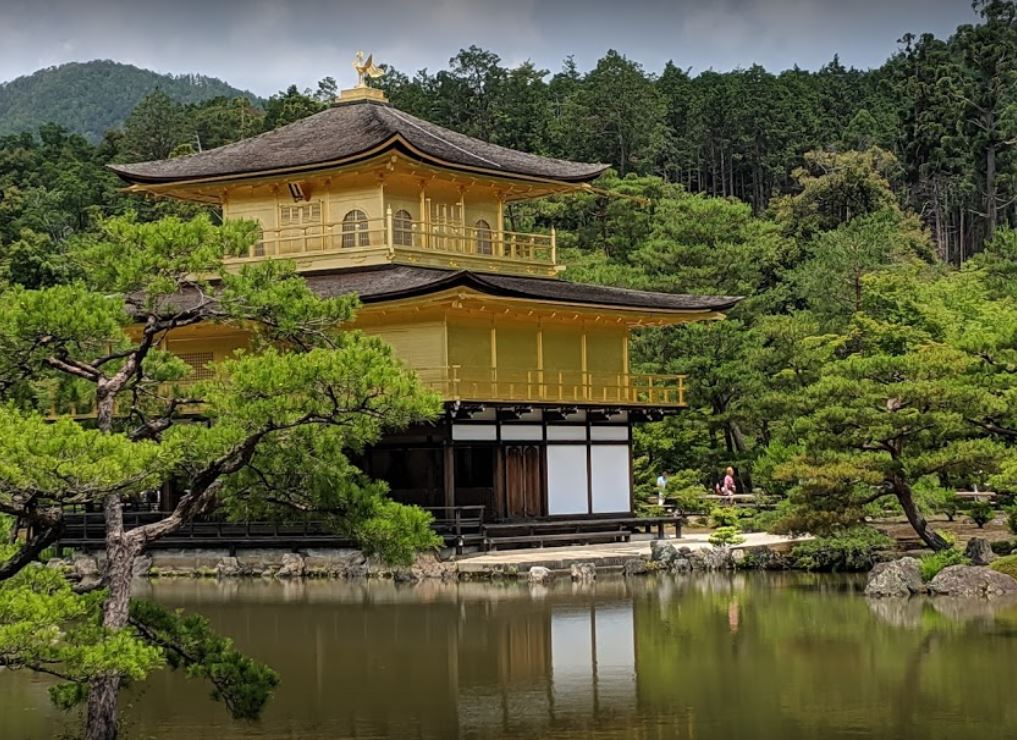
If you happen to be in Kyoto for the first time, this historical monument in Japan has to be on your agenda. Originally built in the 14th century, it first was the retirement house of Shogun Ashikaga Yoshimitsu who was the 3rd shōgun of the Ashikaga shogunate and a prominent political figure of Japan. This shōgun of the Ashikaga shogunate ruled in Japan from 1368 to 1394 during the Muromachi period. After he died, and according to his last wishes, the Pavilion was transformed into a Zen temple. The Temple was burned and rebuilt numerous times, the last of which was in July 1950, when a mentally ill monk set fire to the Temple. Only leaving the charred frame of the building the fire also destroyed the original status of Yoshimitsu. The gold leaves covering the second floor of the building is said to be an addition to the old design but is not uncommon to the Muromachi Period during which the Temple was erected. Visiting the Temple will cost you ¥400 (less than £3). About 90min walk east of the Golden Pavilion you will find the Ginkaku-Ji, The Silver Pavilion, built by the grandson of Ashikaga Yoshimitsu, and inspired by the Golden Pavilion. The entry fee will set you back a small ¥500 (less than £3.50). While both temples are quite far away (roughly 7km), it happens that the Kyoto Imperial Palace stands right in the middle. If you’re not afraid of a bit of walking, strolling through the streets of Kyoto will give you much more insight as to the history of the city and the day-to-day lives of its residents. This ancient monument in Japan is situated in the heart of the former Imperial city of Kyoto.
Address: 1 Kinkakujicho, Kita Ward, Kyoto, 603-8361, Japan.
2. The Tokyo Imperial Palace
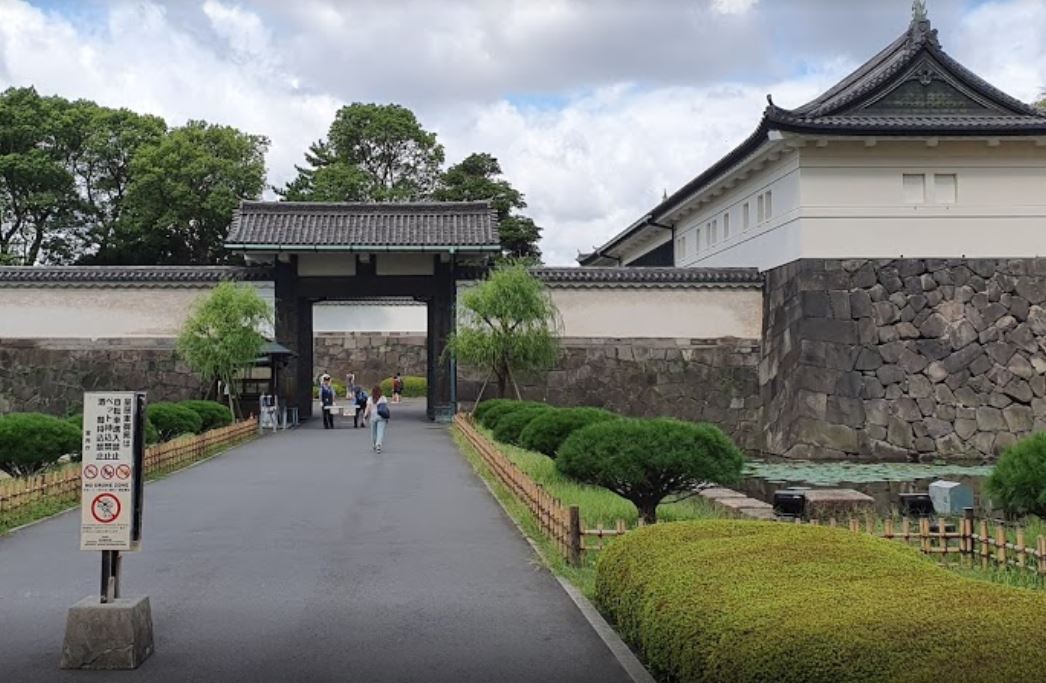
Many cities in Japan have, at one point, been the home of the imperial court. However one of the most grandiose and well preserved of those Imperial Palaces is located in the capital city of Tokyo. Built by the Tokugawa during their reign, this famous monument in Japan only became the residence of the Emperor during the Meiji Period in 1868. Partially destroyed during WWII, the palace was restored in the 1960’s. Still it is the official home of the Japanese Emperor, Akihito, and his family. You can visit the Palace itself 2 days a year, on the 23rd of December, the birthday of the Emperor and on the 2nd of January when the Emperor addresses the nation for New Year.
Address: 1-1 Chiyoda, Chiyoda City, Tokyo 100-8111, Japan
3. The okyo Metropolitan Government Building
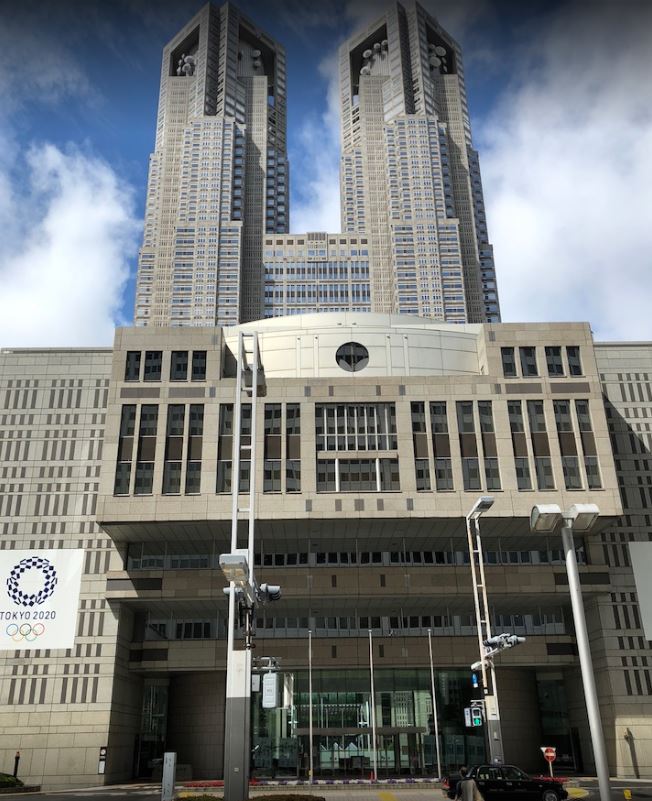
Stand3. ing at 243m high, the twin towers is where most of the local government offices are and is the equivalent of London’s City Hall. The Tokyo Metropolitan Government Building, referred to as Tocho by the locals, also features 2 observation decks, one in each of the towers, at 202m of altitude. The good thing about this iconic monument in Japan is that they are free to access. Just head to Shinjuku, the area of Tokyo it stands on and go up the elevators to enjoy one of the highest vantage points of the city. On a clear day, you will have a breathtaking view of Mount Fuji.
Most tourists visit the observation deck during the daytime, but know that it remains open until 11 pm (latest admission at 10.30pm), so why not head up there after dinner for an astonishing view of the city’s nightscape. The oldest building in Japan known as Tosho by the Japanese.
Address: Nishishinjuku, Shinjuku City, Tokyo 163-8001, Japan
4. Tokyo Skytree
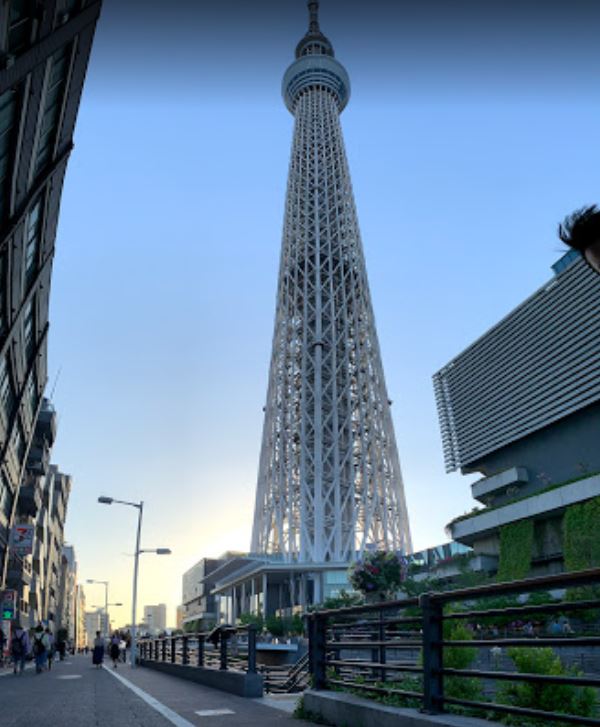
Today’s second tallest structure in the World, the Tokyo Skytree, in the Sumida area, first appeared in the capital’s landscape in 2008 and took 4 years to complete. Including more than 300 shops and restaurants, this beautiful monument in Japan is the symbol of Japan’s modernity and an aquarium and a planetarium is placed on it. Busy all year long, you might want to book your ticket up the tower in advance. Going up Tokyo Skytree will cost you between £7 and £30 depending on how high you’d like to go. If your budget allows it you might want to have lunch or dinner at the 634-Musashi restaurant and enjoy a view of the capital at 345m of altitude. And if you are not afraid of height you could also pay a visit to the Tokyo Tower. The older sister of the Skytree, the Tokyo Tower, 333m high, was originally built to broadcast TV and radio all over the country. The main deck overlooks the city at 150m high and a second deck stands at 250m. It will cost you ¥900 (£6) to access the Main deck and ¥2,800 if you want to access both.
Address: Oshiage, Sumida City, Tokyo 131-8634, Japan.
5. Senko-Ji temple

Located in the area of Asakusa, the oldest Buddhist temple of the capital, the Senjo-ji Kannon Temple is dedicated to Kannon Bosatsu, one of the major Bodhisattva of the Buddhist religion. This most ancient monument in Japan is the most widely visited spiritual site in the world, with more than 30 million people visiting it every year. When you are there do not forget to visit the Nakamise Dori street which is said to date all the back to the Tokugawa era when the population of then Edo grew increasingly numerous.
Address: Asakusa, Taito City, Tokyo 111-0032, Japan.
6. Shirasagijo

This town located in the Kansai region, in the Hyōgo Prefecture, is not as famous as its eastern neighbors of Kyoto and Osaka. The most visited monument in Japan in all Japan, this century-old landmark is considered to be the finest example of the prototypical Japanese castle. Dating all the way back to the 14th century, the castle received extensive additions through the next couple of centuries. Himeji castle miraculously survived revolutions, bombings and even the great Hanshin earthquake of 1995, though some of the buildings required extensive repair work in the 1950s. The advanced defense system included maze-like paths that lead to the main keep. Designed to slow down enemy samurais, today it usually confuses tourists that easily get lost in the castle’s alleys. With many legends surrounding its construction, this most ancient monument in Japan is part of Japanese folklore and since its last restoration work was completed in 2015, more than 10 millions people visited it. A very popular spot during the cherry blossom season, the parks of the Castle can get so crowded during the Golden Week (main holiday week in Japan) that visitors may have to wait several hours to access the Castle’s grounds. The popularity of this historical monument might explain that it is amongst the most expensive we have listed so far with an entree fee for the Castle and the surrounding Kokoen Garden of ¥1040 (about £7), which is definitely worth it.
Address: 68 Hommachi, Himeji 670-0012 Hyogo Prefecture, Japan.
7. The Imperial Palace of Kyoto

One of the oldest man-made structures of Japan, the Imperial Palace foundations date back to the end of the 8th century. Standing in the Kyoto Imperial Park on the side of the Komo River, the residence of the Imperial family until 1868, Kyoto Gosho as it is known by Japanese, is the last reconstruction of the Imperial Palace. Indeed this one was burnt down, destroyed, moved around and rebuilt many times during the tumultuous history of the country. Today’s Imperial grounds are free to visit and English speaking tours are organised by the Imperial Household Agency (in charge of all matters relevant to the Imperial family possessions) several times a day. Though none of the buildings can actually be entered, this cultural monument in Japan is definitely worth a visit as it will help you understand how important the Imperial family was, and remains today, in Japan’s culture.
Address: 3 Kyoto Gyoen, Kamigyo Ward, Kyoto, 602-0881, Japan.
8. Osaka Castle

This popular historical monument in Japan and one of Japan’s most famous landmarks whose construction started in 1583 on the site of a former temple, was completed in 1597, only one year before its ruler, Toyotomi Hideyoshi, died. The castle was destroyed at least four times between 1615 and 1945. The current buildings are the work of a 1995 restoration which aimed to give the castle its former splendour back. The history of the castle is as eventful as the history of Japan. Once the headquarters of one of the most powerful clans of the nation, the Toyotomi; the clan was completely wiped out 15 years after the Battle of Sekigahara, which saw the victory of the rival clan, the Tokugawa. The castle was burned down again, this time by an Imperial loyalist in 1868. The Emperor and the Meiji government ordered its restoration and the castle became part of the Osaka Army Arsenal, a function held until it was bombed by the U.S. in 1945. Stepping into the castle is walking down the steps of some of the greatest Japanese leaders. The Museum inside the castle will retrace all the history of the city and the building.The Castle’s gardens are also a great spot to escape the fast pace of the surrounding city and feature many sakura (cherry) trees. Entry fee to this old monument in Japan is ¥600 (£4) and the Nishinomaru Garden is ¥200 (£1.4).
Address: 1-1 Osakajo, Chuo Ward, Osaka, 540-0002, Japan.
9. The Fushimi Inari Shrine
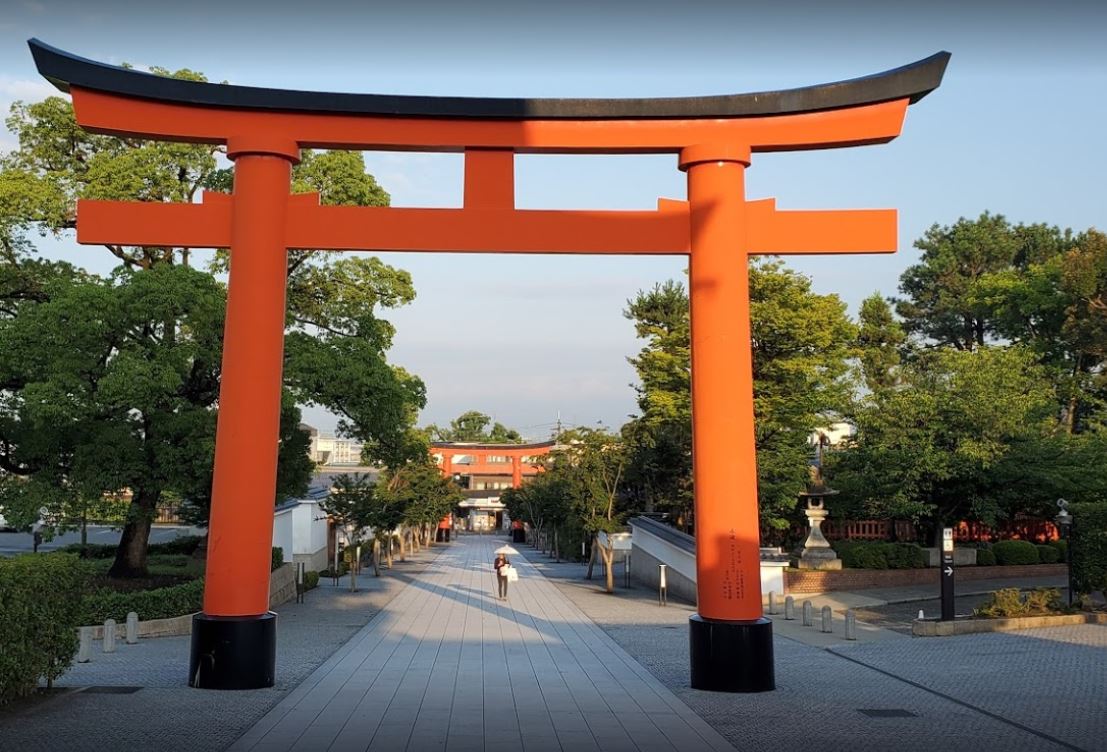
One of the important Shinto sites of Japan, this shrine is dedicated to Fushimi Inari, the Shinto god of rice. Rice was the base of the Japanese economy at that time and the goddess was adopted by merchants and manufacturers as patrons of the business. You will notice fox statues all over the shrine’s grounds, the animal thought to be Inari’s messengers. This shrine is famous for its thousands of vermilion torii gates, outlying a network of trails leading up the mountain.
Those trails lead up the sacred Mount Inari standing at 233m. Each of the vermilion gates along the trail has been donated by an individual or a company and each of them is engraved with the name of the donator and date of the donation. One of the most imposing torii is the one standing right in front of the main building. Called the Romon gate, it was donated by Toyotomi Hideyoshi, one of the great unifiers of Japan, in 1589. The hike up and down the mountain will take you 2 to 3 hours and is dotted with smaller shrines along the way. A few restaurants can be found beside the path, offering locally themed dishes such as Kitsune Udon (“Fox udon”), thick noodles served with aburaage (fried tofu), which is said to be one of the favorite foods of foxes. This most famous monument in Japan features in many movies, including Memoirs of a Geisha. I walked down the torii at the Fushimi Inari shrine. The famous Shinto shrine has thousands of the sacred torii gates ( by Traveller_40).
Address: 68 Fukakusa Yabunouchicho, Fushimi Ward, Kyoto, 612-0882, Japan.
10. The Hiroshima Peace Memorial Park

Reminiscence of the darkest hours of Japanese History, the Hiroshima Peace Memorial Park stands on the former political and commercial heart of the city. A few years after the A-Bomb was dropped by the Americans, Japanese officials decided that the area was not to be rebuilt but instead dedicated to peace and memorial buildings. Even if you are not looking to visit it, it is very unlikely if you are in Hiroshima that you won’t stumble upon this large park in the center of the city. This must-see monument in Japan which consists of two buildings and house permanent exhibits retracing Hiroshima’s history on one part and the events preceding and following the destruction of the city on the 6th of August 1945 and the human suffering it caused. The Memorial Cenotaph, located near the center of the park, is a concrete monument, sheltering the names of the 220,000 victims of the Atomic Bomb. Each year on the anniversary of the bombing, at 8:15 am, the exact time the bomb detonated, a ceremony is held and wreaths are laid at the Cenotaph. The A-Bomb dome, originally the Hiroshima Prefectural Industrial Promotion Hall, is the skeleton of the only building to survive the detonation of the A-Bomb and has been designated a UNESCO World Heritage Site in 1996.
Address: 1 Chome-1 Nakajima Cho, Naka Ward, Hiroshima, 730-0811, Japan.
So far we have discussed the best monuments in Japan, which contains the proper information regarding all the most visited monuments in Japan. I hope you might have loved reading this article and if you love to know more about Japan then kindly head to our other articles as well which will help you to get knowledge about.
The post Most Visited Monuments in Japan l Famous Monuments in Japan appeared first on World Tour & Travel Guide, Get Travel Tips, Information, Discover Travel Destination | Adequate Travel.